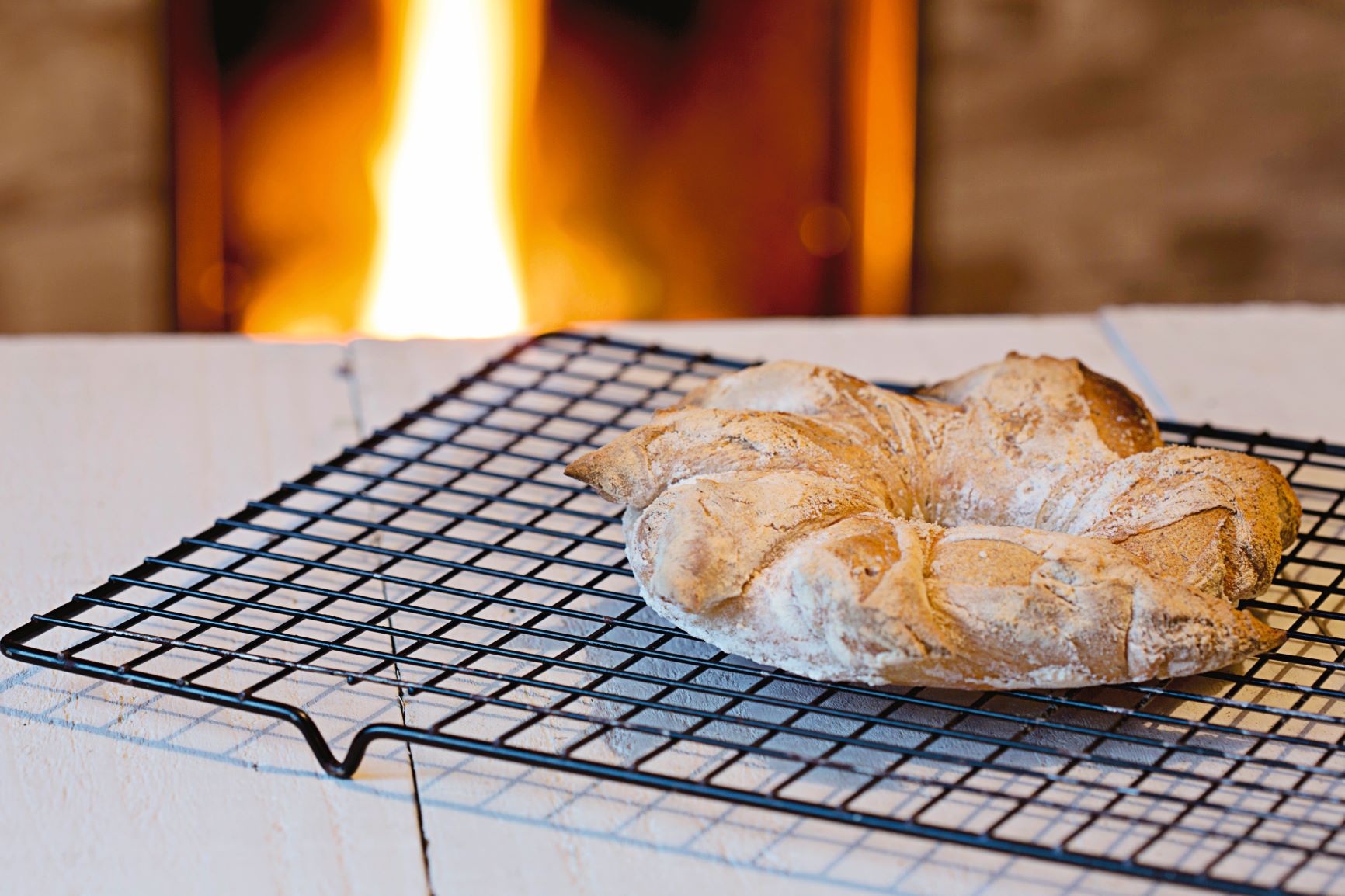Why Christmas your decs are more than a little magical
Hanging baubles on the Christmas tree is always a precious moment: unwrapping those fragile old friends from decades-old newspaper, squinting at the print to see what late December 1998 brought, and arranging colourful, luminescent glass balls in the dark spaces between branches of fir… Of course, four sherries and a dim light adds a bit of mystery to any event, but it’s certainly one that we relish. And some have claimed that the Christmas bauble has more than just a little magic about it…
It’s been purported that the contemporary Christmas bauble in all its garish jollity is actually descended from witch balls. Which balls? Well, quite.
Witch balls are hollow, reflective glass balls, of up to 18cm diameter, usually in blue, green or purple glass that were hung in the windows of cottages in the 18th Century. They have apparently been used for divining, for carrying salt and as simple decorative objects, among many other things. But their main use has been for warding off witches (or sometimes being given by witches to ward off other dirty, rotten spirity sorts)... No one is quite clear. Indeed the term ‘witch ball’ may even be a corruption of ‘watch ball’, that is a ball used to watch out for bad things. Like any Christmas bauble (and do try this, it’s enormous fun) if you look closely into it you will see yourself and the whole room reflected behind you. It gives you a glimpse of your entire world.
Historically, it’s been believed they might also show the future. The Museum of Witchcraft and Magic in Boscastle says that their reflective nature “keys into the idea that a witch-ball would confuse, attract and entrap evil spirits, thus protecting other items and people within the home.”
It was said that if your witch ball remained clear and bright, you could consider yourself safe, but any dimming of the ball might be a portent of Very Bad Things on the horizon. We’re talking Proper Bad Things here, not just discovering that the Downton special was on an hour earlier than you thought and you’ve missed it. Although catch-up TV means that’s not such a problem. Perhaps for an 18th-Century witch, this would have been much worse news…
So, could your Christmas decorations be even more magical than you might have thought? Well, no, probably not. The history of the Christmas bauble can be easily traced back to Lauscha in Germany where Hans Greiner first manufactured them in the late 1840s, a good many years after folk were hanging their witch balls up in their windows.
Still, it’s a good story, and who knows? Hang a witch ball in your window this December and perhaps you’ll ward off both next door’s Amazon delivery package and that dreadful friend of your parents whom you definitely didn’t invite over for festive nibbles. Repeat after us: “We DO believe in magic!”
We’re celebrating the joy of a well-loved Christmas ornament in our feature The Comfort of Things, by Clare Gogerty, in our December issue, which you can buy now if you’d like to read more.
Get hold of your copy of this month's The Simple Things - buy, download or subscribe







